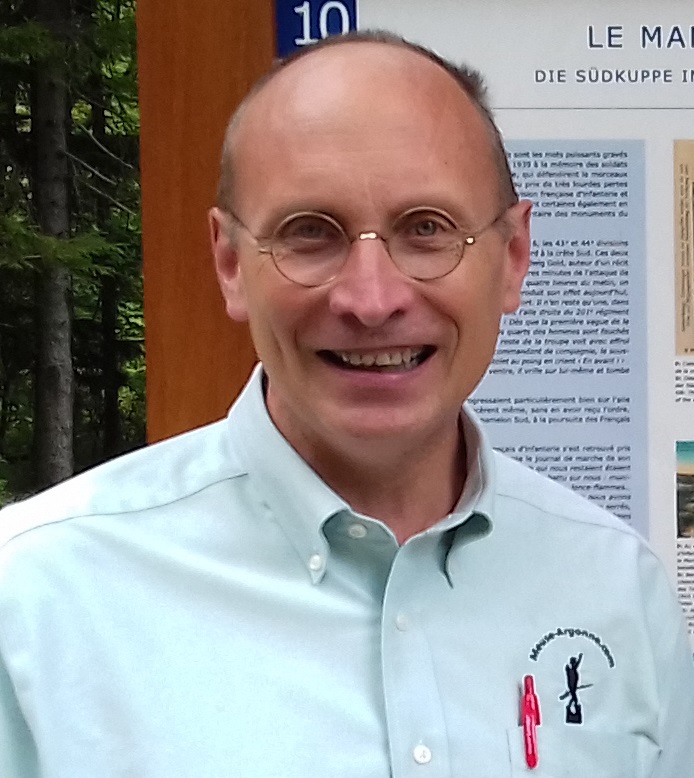
The Remarkable Contributions of the World War I Generation
Much is written about the tragedy of the incredible pool of talent whose contributions were lost forever when they died in the First World War. For instance, the greatest experimental physicist of the century, Harry Moseley of the Cavendish Laboratory died at Gallipoli, and the spectacularly innovative artist Franz Marc was lost while fighting with the German Army at Verdun. A close study of the war’s survivors, however, shows a second, more surprising pattern. Without forgetting the tragedy of so many deaths, it is clear that many of the veterans who came back from the war were energized by the experience. Often for the better, but sometimes for the worse. These individuals decided to change their world and advance their fields of endeavor. This fascinating trend holds true in every area, apparently, from science to architecture to medical research to literature, art, and politics. We have tried to give some of the most notable examples with our veterans puzzle. Here described clockwise from top left to right are the individuals depicted:
Solving Our Veterans of the Great War Puzzle
Douglas MacArthur, United States, American Expeditionary Forces
Brigade commander and chief of staff of 42nd “Rainbow” Division; theater commander in WWII; accepted Japanese surrender September 2, 1945 and subsequently supervised occupation; commander of United Nations forces in Korea until relieved.
Angelo Roncalli (Pope John XXIII), Italy, Medical Corps
Served as corpsman at Mte. Pasubio and chaplain at Bergamo military hospital; beloved Pope who convened the still-controversial Vatican II Ecumenical Council.
Guglielmo Marconi, Italy
Commissioned in both army and navy to supervise communications operation; Nobel Laureate for development of wireless telegraphy.
Adolf Hitler, Bavarian Army, Reserve Infantry
Decorated for service on Western Front as a messenger, mainly in Flanders; wounded & gassed; leader of Nazism; Führer of Germany, 1933-1945; suicide 1945.
Erwin Rommel, Germany, Württemburg Mountain Battalion
Served on five fronts during the war; earned Orden Pour le Mérite at Caporetto for daring assaults during the Battle of Caporetto; legendary WWII commander of Afrika Korps; forced to commit suicide due to his support of anti-Hitler plot.
Harry Truman, United States, 128th Field Artillery
Served with 35th Division AEF during opening of the Meuse-Argonne Offensive; 33rd President of the United States; authorized use of atomic bomb to end WWII and the containment strategy followed by the United States throughout the Cold War.
Bernard Montgomery, Great Britain, Royal Warwickshire Regiment
After recovering from 1914 wound made rapid advances in responsibility, finishing the Great War as Chief of Staff of 47th British Division; most honored British commander of WWII.
Charles de Gaulle, France, 33rd Infantry Regiment
Wounded three times and was eventually captured at Verdun. Tried to escape five times; led Free French forces in WWII; provisional president of France, 1945-46; first president of Fifth French Republic.
Ernest Hemingway, United States, Red Cross Volunteer
Wounded on the Italian Front near the Piave River in 1918; the Great War influenced many early works including A Farewell to Arms and The Sun Also Rises; Nobel Prize in Literature 1954.
Mustafa Kemal (Atatürk), Turkey
Commanded key 19th Division in defense of Gallipoli; prevented rout of Turkish Army during retreat from Syria; founder and first president of the Turkish Republic.
Hermann Göring, Germany, Air Service
Ace with 22 victories; succeeded Richthofen as commander of Jasta 1; early Nazi leader and high state official; Luftwaffe commander; committed suicide in 1946 after conviction for war crimes before and during the Second World War.
Winston Churchill, Great Britain
After the failure at Gallipoli, commanded 6th Battalion Royal Scots Fusiliers, on the Western Front; World War II prime minister; Nobel Prize in Literature 1953.
Benito Mussolini, Italy, 11th Bersaglieri Regiment
Served in the front lines in the Isonzo Sector, 1915-1917; discharged after suffering severe wound (possibly in an accident); founded Fascist Movement; led Italy to disaster in WWII; executed by partisans in 1945.
Credits: Illustrations from the collection of Tony Langley,
contributing editor of Trip Wire
Learn More About Veterans of the Great War
Websites
- Notable Members of the American Expeditionary Forces from The Doughboy Center
- WWI Biographical Dictionary from The WWI Document Archive
- First World War Who’s Who from Firstworldwar.com
- Index of Articles on “People Associated with World War I” from Wikipedia
Books
- Biographical Dictionary of World War I, Herwig and Heyman, Greenwood Press, 1982

Co-discoverer of Insulin, Frederick Banting, Canadian Medical Corps






